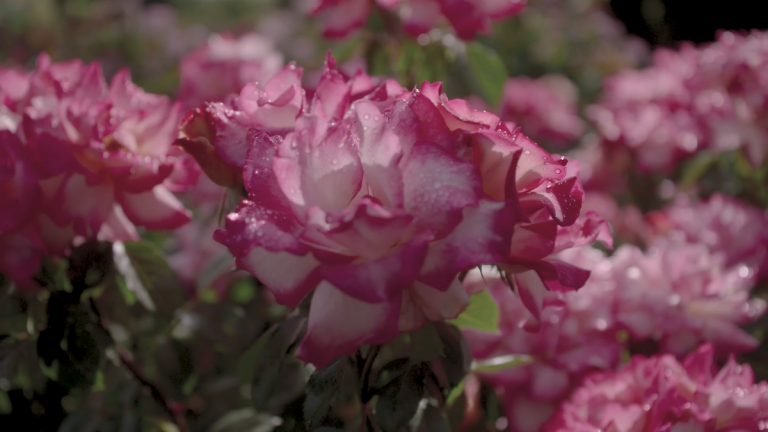Support Provided By

51:47
"Lost L.A.: Descanso Gardens" explores the history of one of southern California's most-beloved public gardens.

5:37
In this short excerpt from "Lost L.A.: Descanso Gardens," learn the often-untold history of camellias in California.

2:31
In this short excerpt from "Descanso Gardens: Lost L.A.," discover how the drought and "living local" trends affect current gardening practices.

3:29
In the short excerpt from "Descanso Gardens: Lost L.A.," learn the history of the rose in Western culture.







